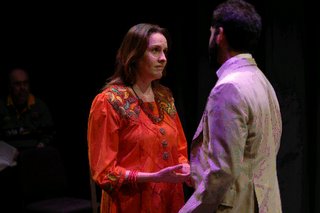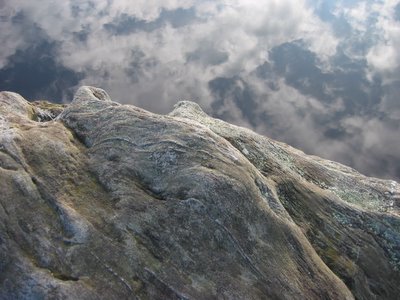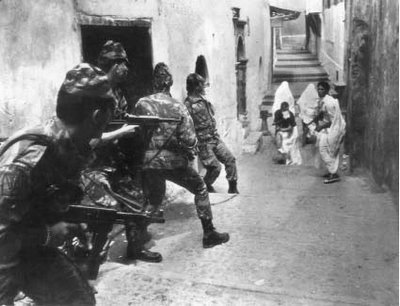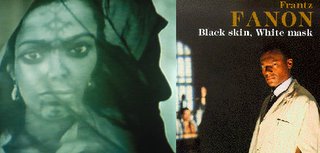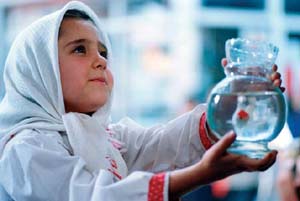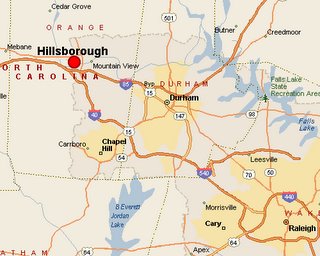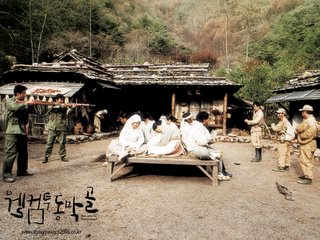Film Centre Stage (Yuen Ling-yuk; Stanley Kwan, 1992)
You can read my imdb review, which I'll also copy here:
Summary: Period piece of 1930s Shanghai depicting the life of famous silent actor Ruan Ling-yu and her untimely end; slow beginning but worth seeing and relishing
I saw Stanley Kwan's "Centre Stage" ("Yuen Ling-yuk") at a university series "New East Asian Cinema" on February 27, 2006. The film is a biography of Ruan Ling-yu (1910-1935), a silent film star of Chinese silent films.
The film describes the life and meteoric rise to fame of young Shanghai actor Ruan Ling-yu (played well by Maggie Cheung), who from the age of 16 till her death at age 24, was featured, often in a lead role, in over a dozen films. She was involved in extramarital affairs with two men and eventually the double standards that women suffer by catch up with her (but not with the married suitors), and dogged media slander her reputation. With her honor at stake, she sees no recourse but to commit suicide, and does so with an overdose of barbiturates. According to the wikipedia entry about her (http://en.wikipedia.org/wiki/Ruan_Ling_Yu), "her funeral procession was reportedly three miles long, with three women committing suicide during it."
The film cleverly goes back and forth in time, and includes excellent interludes from some of Ruan Ling-yu's films. These snippets, as well as the local color we see in 1930s Shanghai, reveal a vivacious setting in Chinese history that I would enjoy learning more about, including seeing some of the period cinema.
Not previously knowing anything about Ruan Ling-yu, I of course cannot vouch for the realism of the portrayal, but the acting of Maggie Cheung revealed a strong, magnetic, kind, talented, determined, and yet slightly aloof woman who enjoys many admirers. The other characters were not nearly as well developed, but that is understandable with the focus being on Ruan Ling-yu.
I wonder if Kwan could have set the stage, so to speak, a bit more economically, and found the first half to two thirds rather slow. But, without giving anything away, the ending (of course we know that suicide is the true history) is calmly dramatic and captivating. The manner in which Cheung shows the actor saying goodbye to her close friends, who don't know that this is in fact her farewell, is touching - I wonder if this is how it happened. A film worth watching and which I would like to see again - 7.5 stars out of 10.
--Dilip Feb. 27, 2006

From the Screen Society website:
Centre Stage is an ambitiously unorthodox biopic from director Stanley Kwan about Chinese silent film star Ruan Ling-yu. Despite her humble origins, Ling-yu ended up as one of the most famous stars of Shanghai cinema during the 30s, specializing in tragic female roles in the likes of The Goddess and New Woman. Yet having completed some 29 films by the age of just 25, she committed suicide after being villified in the tabloid press for her affair with a married man, Chang Ta-min. Maggie Cheung (so memorable in Wong Kar-Wai's In the Mood for Love) provides a superlative central performance, winning her the Best Actress Silver Bear Prize at Berlin in 1992.
Focusing only on the years leading up to Ruan's untimely death, Centre Stage doesn't pursue a simple linear path. Shifting backwards and forwards in time, it consists of colour reconstructions of events in its protagonist's life, black and white footage from her films, as well as monochrome interviews with surviving veterans and with Kwan and his cast members, who ponder their own feeling towards their subject. ("Isn't she just a replica of me?", laughs Cheung.) One of the cumulative effects of this mixing of formats and styles is that the film moves away from the idea of a definitive truth about Ruan, and instead allows a range of perspectives on her experiences. -- Tom Dawson, BBC
Links of interest:
- imdb (Internet Movie Database) film entry, including my review
- Wikipedia entry for Ruan Ling-yu
